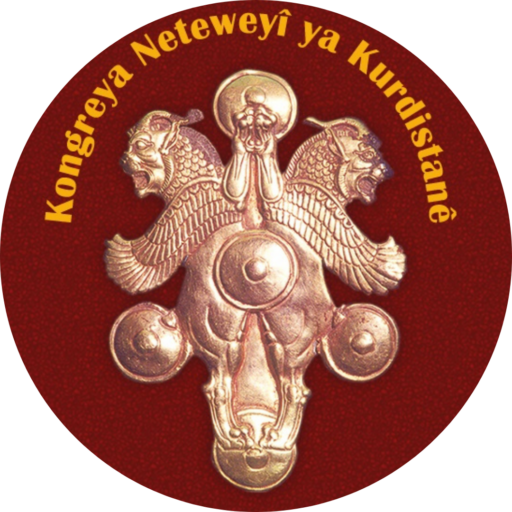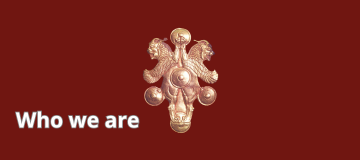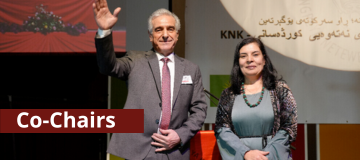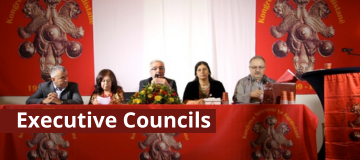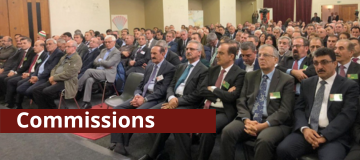Geostrategic Importance
With regard to its mineral resources, Kurdistan is one of the wealthiest countries in the world. Most of the area extending from the Zagros mountain range to the Mediterranean, generally known as the ‘Fertile Crescent’, is part of Kurdistan.
Kurdistan is also rich in agriculture. The plains between the mountain ranges, especially in the warm south, are well-suited to agriculture because of the composition of their soil and their favorable climatic conditions. The plateaus and mountain slopes encompass extremely fruitful meadowland. All types of grain, as well as high-quality fruits and vegetables, grow in Kurdistan. The Harran Plateau and the areas around Cezire and Mossul are grain reservoirs for the entire Middle East.
Differences in temperature and elevation between the north and the south have resulted in Kurdistan being an important country for animal husbandry. Consequently, Kurdistan produces a considerable amount of meat, butter, cheese, wool, and animal hides for the Middle East.
With regard to oil and minerals, Kurdistan is a very wealthy country. A large part of Iraq’s oil resources is located in Kurdistan, namely in the area around Kirkuk and Xaneqin. A part of the important oil resources of Iran is also in Kurdistan, i.e. in Kirmanshah. Turkey’s oil resources can almost exclusively be found in Kurdistan, i.e. in Batman, Diyarbakir, and Adiyaman. Syria’s oil resources are also mainly located in Kurdistan, namely in the Cezire area. Moreover, Kurdistan is rich in mineral resources such as iron, copper, chrome, coal, silver, gold, uranium and phosphates.
The rivers of Kurdistan are at least as important as oil. The plateaus and mountains of Kurdistan, which are characterized by heavy rainfall in the spring and snow during winter, are a major water reservoir for the whole Middle East. The mountains of Kurdistan are the source of the famous Tigris and Euphrates rivers as well as numerous other smaller rivers. The Tigris and Euphrates give life not only to the Mesopotamian plain and the southern part of Kurdistan but also to the whole of Iraq and Syria. These rivers are also very significant for the production of energy. Iraq and Syria have built numerous dams across them and their tributaries. Yet, the most important ones are a series of dams that were built by Turkey as part of the GAP project (Southeast Anatolia Project). The GAP project supplies a significant proportion of Turkey’s energy needs while also playing a major role for agricultural production, i.e. the irrigation of this part of Kurdistan.
In antiquity and the Middle Ages, Kurdistan lay on the trade route between the Far East and Europe (the Silk and Spice Route). This significance still continues today. For example, Kurdistan is today the most suitable region for the petroleum pipelines of Iraq and the Caucasus.
Kurdistan’s extraordinary wealth and its strategic location are the most important reasons why it is still divided and the Kurdish people still subjected to so much suffering. For the above-mentioned reasons, Kurdistan drew the attention of the Western colonizing states in the eighteenth and nineteenth centuries. The English, the French, and the Russians struggled for control over our country. After World War I, they once again divided it according to their own interests. The Russians pulled out of the region after the October Revolution of 1917. The English and the French left the region as administrators after Syria and Iraq became independent only a few years later. But their economic relations and their influence in the region continue until today.
For these reasons, our people are still forced to live in poverty in this wealthy country. The colonial conditions, the constant insecurity and ongoing wars have prevented our country from developing its agriculture, trade or industry. The wealth produced in Kurdistan has always flowed out of our country. The society has not been able to modernize while the feudal social structures of the past have not been dissolved totally. The tribal social structure in the rural areas, the system of large-scale land ownership, the religious sects and the sheikdom associated with it still persist. Even today, Kurdistan is dominated by a semi-feudal social system. It social system does not know of any significant bourgeoisie or working class in the modern sense.
